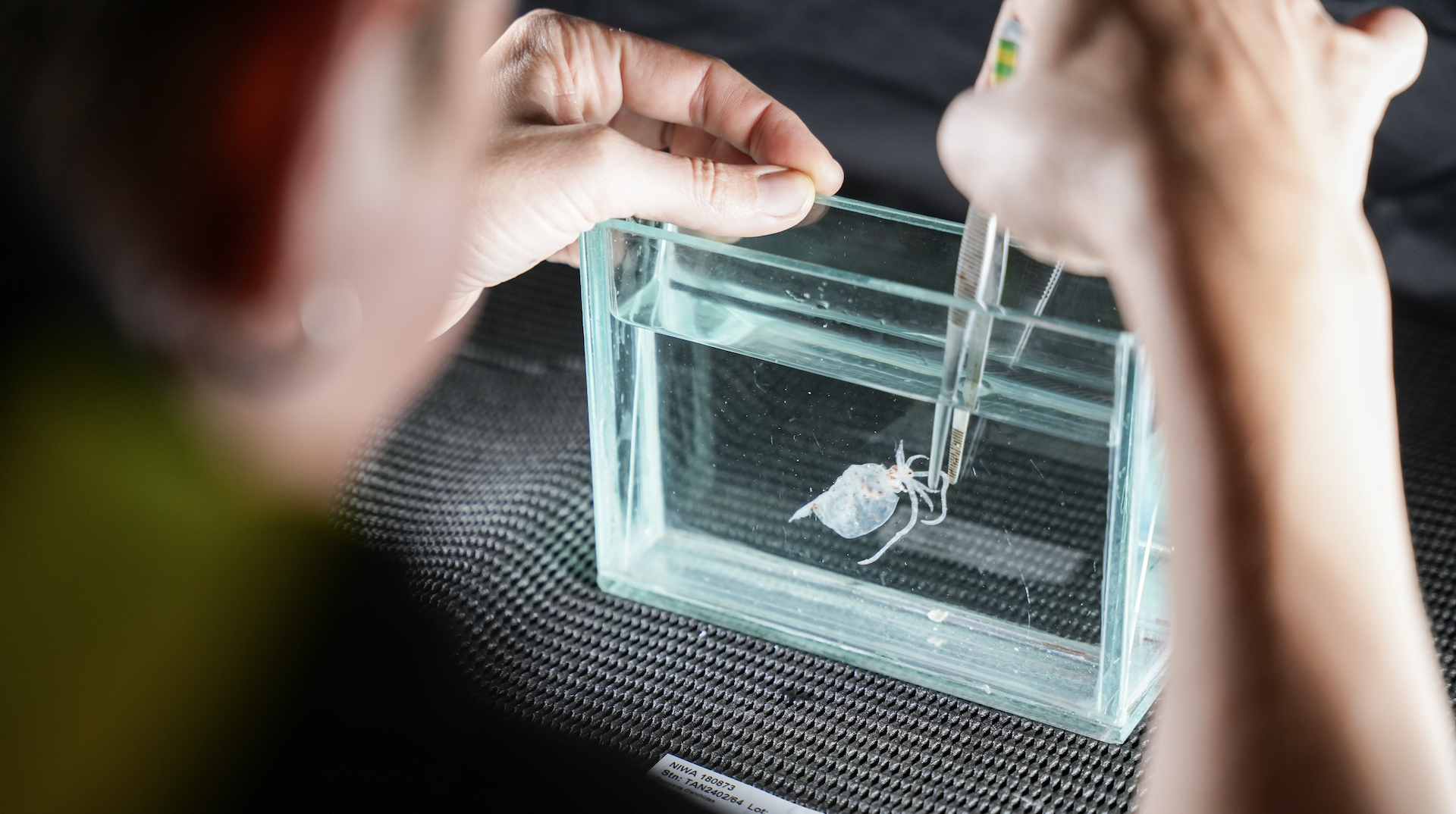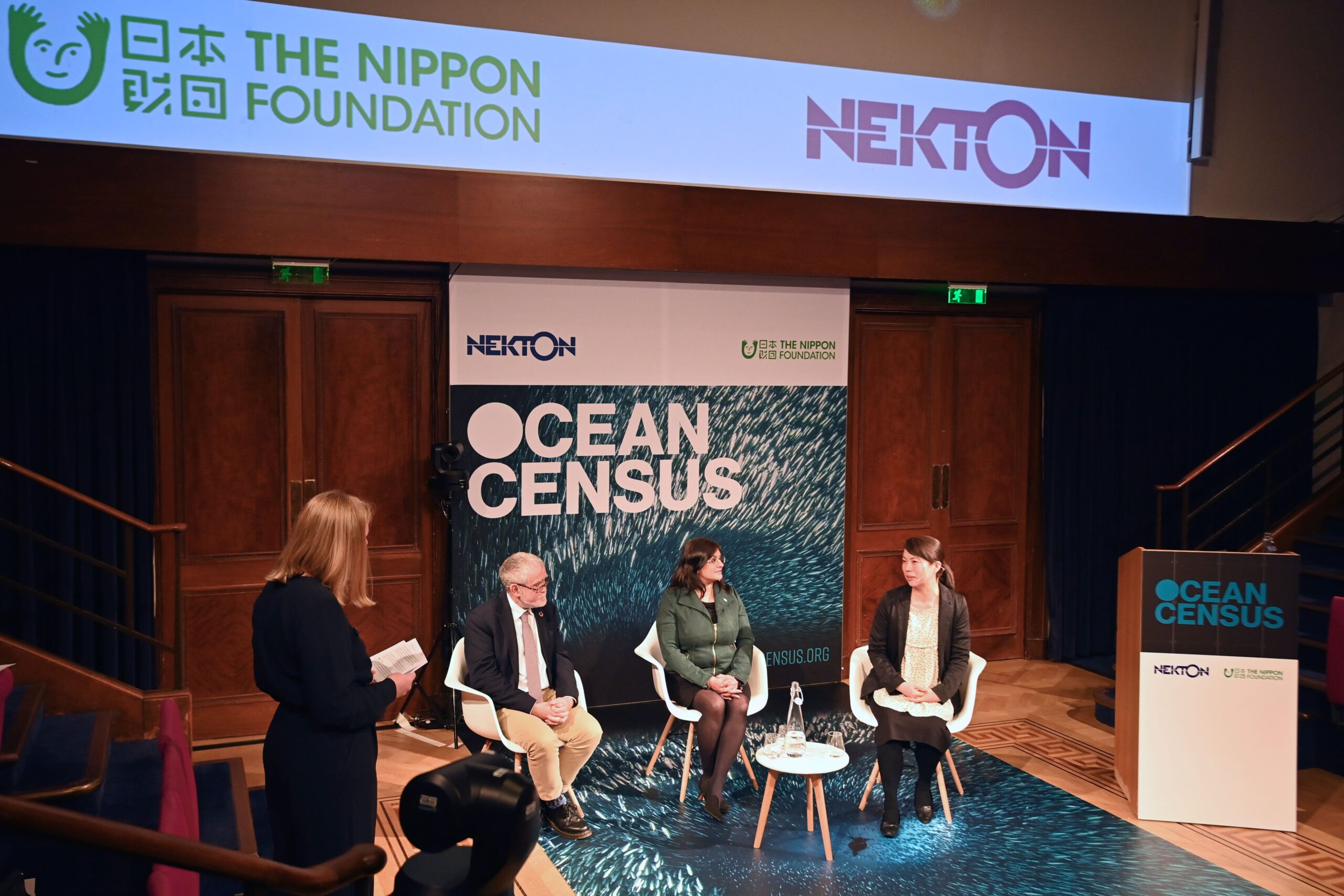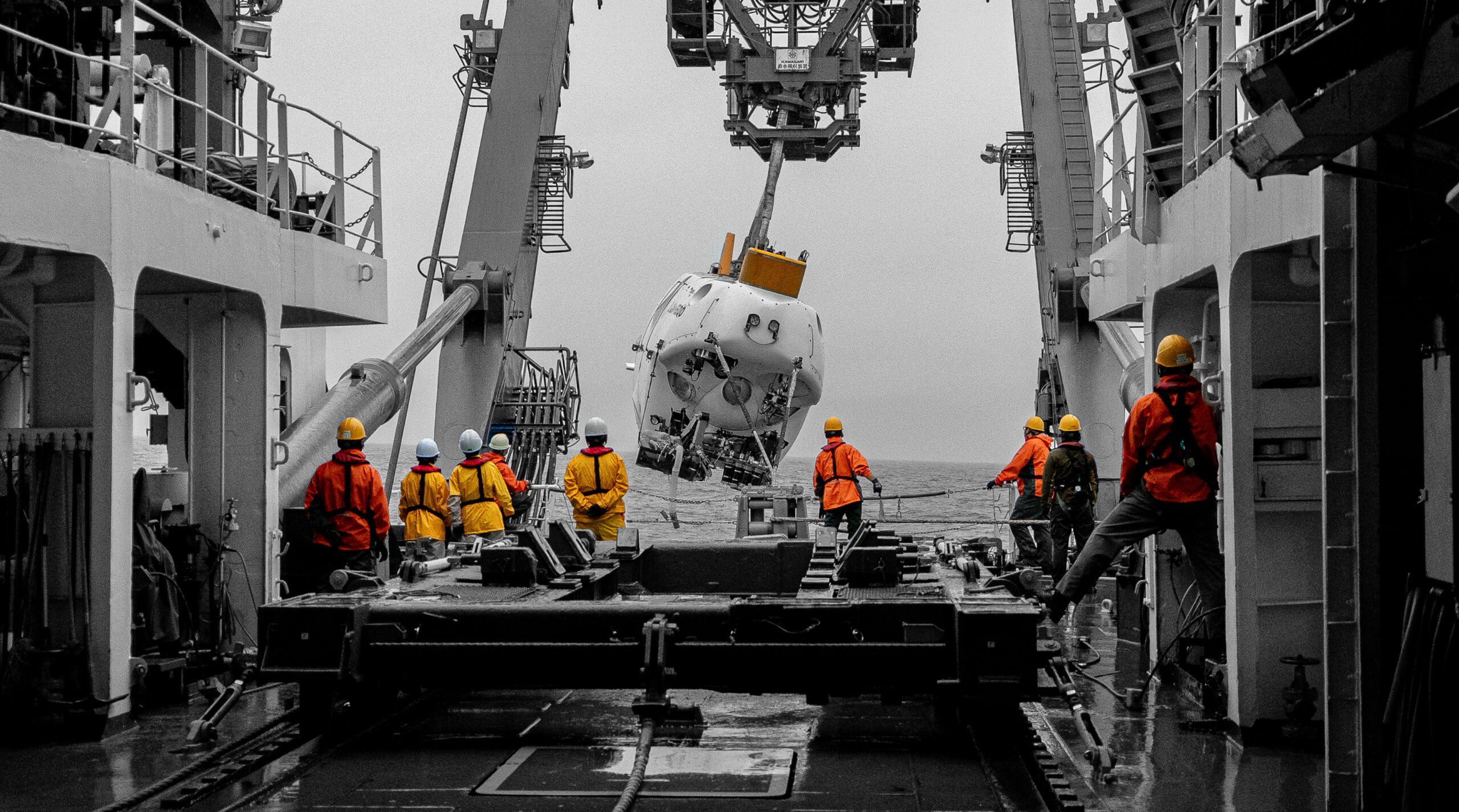

Getting to know Social Media Manager, Corinne Spiller

Q&A
Why Ocean Census?
You only have to watch one of the project videos on YouTube to realise what an incredible initiative Ocean Census is. I did, and I was so inspired by the scale of the mission – a target of 100,000 new species in 10 years – and being able to tell the story of the incredible expeditions to different parts of the world.
My academic background is in Geography and Oceanography, so I am fascinated by the scientific efforts to discover new ocean life. But I am also really interested in how we communicate the science, and how we make it accessible to people who don’t have a scientific background. I want to bring people along with us using social media, and get as many people as possible really invested in the journey of discovery.
What role does social media play in new Ocean species discovery?
People are much, MUCH more likely to protect something they care about. For many, accessing the underwater world (and particularly the deep sea) is not possible. So social media is a way of bringing the underwater world to the surface. I really enjoy telling a story for a non-specialist audience, and you have to remember that most of the people who follow you on social media are fans but not experts. But there are plenty of opportunities for getting people really engaged with a topic: using strong visuals and different types of interactivity really helps. Social media can be a really creative way to engage people with the creatures of the sea, and ongoing projects to discover and protect them.
It’s also a way of bringing communities together. We can connect researchers, policy makers, scuba divers, communicators, conservationists…all together through social media. This makes it a great space for shared knowledge and passion about ocean science.
What’s your favourite thing about working in our industry so far?
For me, it’s the impact of community engagement and just how powerful that can be when delivering a conservation or scientific project. In a previous role, I was very lucky to work on a project called Unlocking the Severn. Unlocking the Severn involved the building of fish passes to reconnect 158 miles of the River Severn for migratory fish, and included the development of a large underwater viewing gallery. Watching visitors and volunteers, who had no prior knowledge of the project, become so inspired and so attached to the underwater life was very moving. It has taught me how vital it is to engage everyone, not just a specialist audience, with the work being done.

What’s your favourite memory/experience of the sea?
One of my favourite experiences was completing my undergraduate dissertation research on the Wakatobi Reef System in Indonesia. It was the first time I had been able to combine scuba diving with scientific research, as well as my first adventure outside of Europe!
I remember one particularly memorable dive: we were heading out on dive boat Papasa, when the boat began taking on water. Diving masks, buckets and any other form of container were used to start furiously bailing out the water coming in from the back of the boat. We all played a game of musical chairs to sort the weight distribution on the boat too. Although one moment when we all shifted towards the bow of the boat (along with the growing pool of water), we shifted a little too far and were nearly sent on a nose-dive into the sea! We’d just about reached our dive site, so dive gear was (gracefully but quickly) plonked over the side of the boat. Half of us had to kit up in the water while the boat crew saved our sinking ship. Papasa became known as a bit of a liability after that trip and was retired from duty!
Favourite sea creature?
My favourite sea creatures are corals. They are the building block of our reefs around the world, come in an enormous number of shapes, colours and forms, and are just breath-taking to look at. I was lucky enough to grow my own little Stylophora pistillata coral fragments (and then subject half of them to rising temperatures – sorry little corals!) during my Masters dissertation. Their life cycle, their resilience, and how structurally complex they are absolutely fascinates me.
Want to see Corinne’s expertly crafted social media posts in your feed? Follow the Ocean Census socials: Instagram, Facebook, X, Linkedin, TikTok
Featured image credits: Tracey Jennings / Ocean Image Bank
Related News
Join the census
An Alliance of scientists, governments, marine research institutes, museums, philanthropy, technology, media and civil society partners.


































